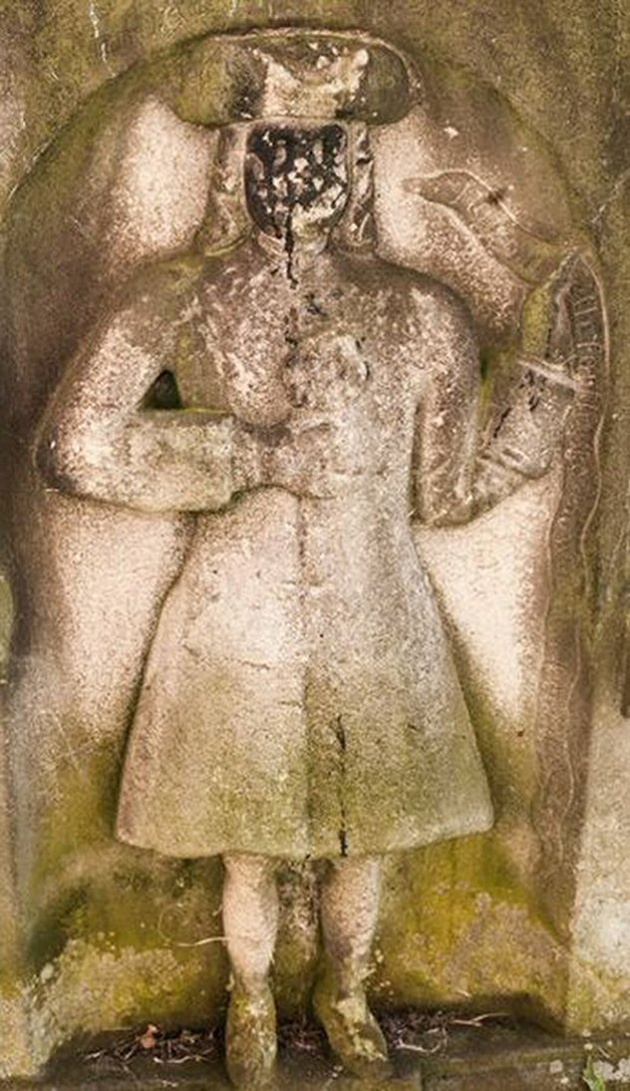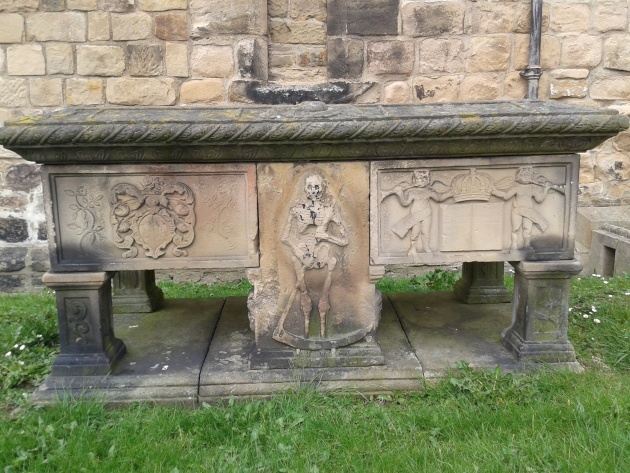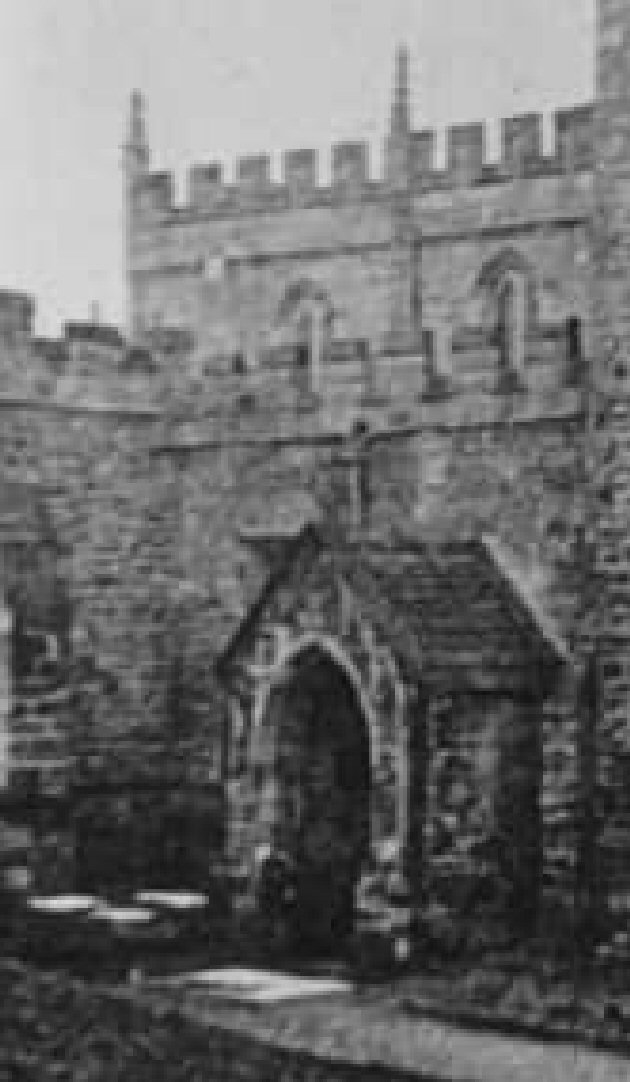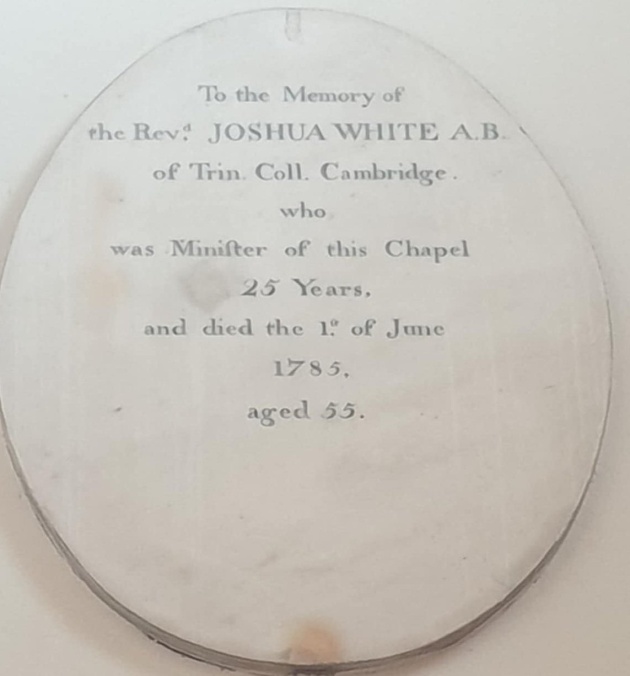St Mary's vicars - Georgian Era
Several sons of County Durham served as priests for St Mary's during the 18th century, although some were 'in absentia', holding several livings at once. As Methodism and 'dissent' grew in Barnard Castle, the town fire-engine, housed at St Mary's, came into play...
Georgian Era
1733-39 – Anthony (‘Arthur?) Wilton. Like many other Church of England ministers of the time, Wilton appears to have been a ‘pluralist’, holding the titles to a number of parishes but very likely not spending much time in most of them. However, it was ‘at the special request’ of Revd. Wilton that in 1734 George Hopper – who had died nine years previously – was reburied inside St Mary’s in a new family vault with a grand tomb at the south-west corner.
1740 – Thomas Marshall
1730-40 – Taylor Thirkeld. Thirkeld was born 1705 near Newcastle and educated at Lincoln College, Oxford; he was also curate of Whickham, Newcastle until his death at 35. He wrote a short account of his time at Oxford, including this list of his studies, ‘catalogues’ and “wish-lists”!
- Metaphysick, &c., when I was Undergraduate.
- Rules to be observ’d in Algebra.
- On ye 39 Arti.
- Private Labours of a Priest.
- A Part of Euclid Algeb. demonst.
- A Part of Theodosius’s Sphaericks, wch: I translated when I was abt. 5 yea. at Oxon.
- A Catalogue of my Sermons.
- A Catalogue of some usefll. Books, &c., yt I intend to read or buy.
- An Introduction to ye Lat. Tongue.
- A Catalogue of my Sermons.
1740-43 — Thomas Forster. The son of a County Durham vicar, Forster studied at Queens, Cambridge, and also died aged just 35. His funeral epitaph described him –
“Comeliness and cheerfulness shone brightly in him: his expressions were handsome, facetious, and mild: to all easy and just: to his friends particularly respectful. In short, he wanted no quality or virtue to make him a compleat gentleman and good christian. He died universally lamented by all that knew him, or had the happiness to be of his acquaintance…”


1743-47 – John Charlton; ordained in Durham Castle chapel
1747-60 – William Dunn. Another ‘pluralist’, Trinity College-educated Dunn also held licences for Dalton, Trimdon, and Easington as well as St Mary’s Barnard Castle. But he was on the alert in the town for the non-conformist followers of Methodism! –
“Opposition now reared its head in another quarter. The Clergyman of the parish, the Rev. William Dunn, sounded the alarm that the church was in danger, and seasoned his sermons with severe invectives against the Methodists; a practice not at all uncommon in those days! Not content with this, he sent for a cousin of Mr. Hanby’s, of the name of John Robinson, who had joined the society along with him, and laboured to convince him that the Methodists were all in error. In proof of this he produced several old puritanical books, which treated on the new birth, &c., and then drew the conclusion, “It is a false religion because it is an old religion!!!”
On the first of several visits to the town, in late May 1752 John Wesley had met both keen followers but also a rabble intent on disrupting his preaching in the marketplace: he recorded that they hurried to the north porch of St Mary’s to retrieve the town fire-engine and “threw a great deal of water on the congregation; but not a drop fell on me…”
1759-60 – Benjamin Hutchinson (sub-curate). Born 1733 in County Durham, Hutchinson was licensed as curate in the parish and to the St John’s Hospital chapel at a salary of £30; later vicar of Kimbolton (1761)
1760-85 – Joshua White. White was born in St Mary’s mother parish of Gainford in 1729 and educated at Trinity College Cambridge. He died in post and was buried at St Mary’s, aged 55. He followed in William Dunn’s footsteps by preaching against Methodism:
“He … inveighed severely in his sermons against the Methodists. On one occasion he indulged his splenetic spirit to a very unjustifiable extent, by singling out Mr. Thomas Dixon, who had joined the society, and publicly reproving him at the sacramental table; and the next time he attended, he absolutely forbade his coming again, for no other crime than his connection with the Methodists.”

